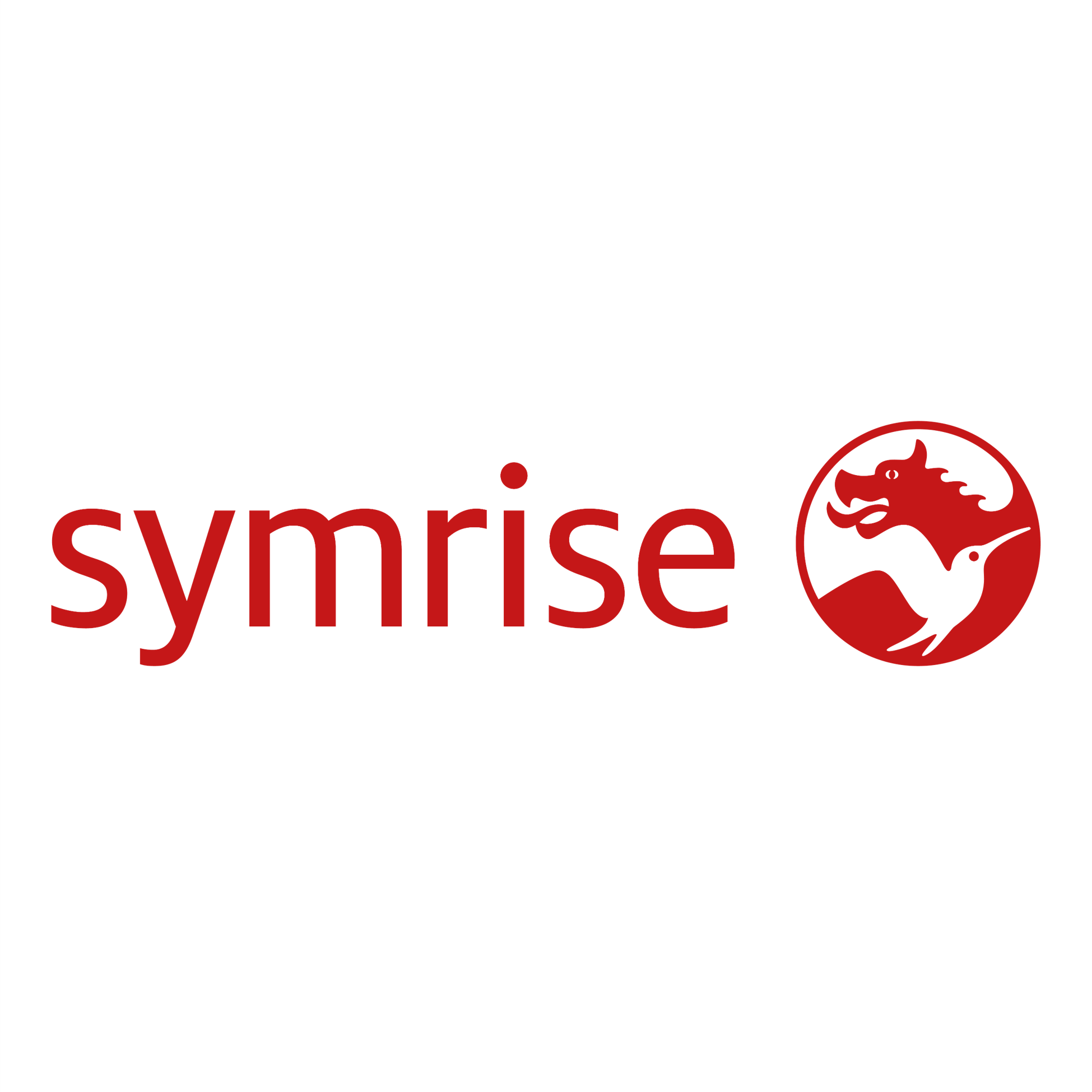L-Carvone
Naturelle - Synthétique
Herbal > Minty > Fatty

Crédits photo: ScenTree SAS
Other names :
(5R)-2-methyl-5-prop-1-en-2-ylcyclohex-2-en-1-one ; (5R)-2-methyl-5-(1-methylethenyl)-2-cyclohexen-1-one ; L-p- mentha-1(6),8-dien-2-one ; L-para- mentha-6,8-dien-2-one ; 6,8,9-para- menthadien-2-one ; L-1-methyl-4-isopropenyl-6-cyclohexen-2-one ; (R)-2- methyl-5-(1-methyl ethenyl)-2-cyclohexen-1-one
Volatility :
Head/Heart
Uses in perfumery :
Carvone-L is used in mint reconstitutions, for its fidelity to this raw material and for a vegetal-green minty note.
Natural availability :
Carvone-L is obtained in its natural state from Spearmint EO, of which it is the majority compound (between 55 and 75% according to the varieties).
Year of discovery :
Data not available.
Other comments :
Data not available.
Price Range :
€€
Stability :
Terpenes tend to polymerize by oxydation.

Crédits photo: ScenTree SAS
- Molecular formula :
- C10H14O
- Molecular Weight :
- 150,22 g/mol
- Density :
- 0,959
- Flash Point :
- 94°C
- Fusion Point :
- Donnée indisponible.
- Appearance :
- Colorless liquid
- Log P :
- Donnée indisponible,
- Boiling Point :
- 229°C
- Detection Threshold :
- 30 ppb environ (0,000003% !)
Synthesis route :
Originally, L-Carvone was separated from D-Carvone from Spearmint EO.
Today, its synthesis is made from D-Limonene. The synthesis process reverses the optical activity of the final product. A first reaction consists of reacting D-Limonene with nitrosyl chloride. The resulting D-Limonene nitrosochloride is subjected to a treatment with a weak base, removing hydrochloric acid. Finally, an acid hydrolysis in the presence of acetone allows to obtain the final product. Another method synthesizes L-Carvone from the same D-Limonene, transforming it into its 1,2-epoxide, resulting in a regioselective rearrangement, making it possible to obtain L-Carveol. The catalysis of this first step is metallic and phenolic. An Oppenhauer oxidation allows to obtain the final L-Carvone. The advantage of this synthesis is that it is achievable inside of an unique reactor.
Synthesis precursor :
Carvone-L can be a precursor to the synthesis of other terpenes, by a Diels-Alder reaction for example.
Isomerism :
Carvone-L is an enantiomer of Carvone-D, the main constituent of Caraway EO, with a less minty and much more spicy smell.
Dimethyl Benzyl Carbinol and Thymol are constitutional isomers of Carvone-L. Their smell, more floral for one and more aromatic for the other, is very different from Carvone.
- EINECS number :
- 229-352-5
- FEMA number :
- 2249
- JECFA number :
- 380.2
- FLAVIS number :
- 07.147
- Allergens :
- This ingredient does not contain any allergen.
- IFRA :
- This ingredient is restricted by IFRA
- Restriction type :
- RESTRICTION
- Cause of restriction :
- DERMAL SENSITIZATION AND SYSTEMIC TOXICITY
- Amendment :
- 49
- Comments :
- The natural contribution of Carvone is determined by the sum of the natural contributions of each of its isomers.
- Quantitative limit on the use :
-
Cat.1 Cat.2 Cat.3 Cat.4 Cat.5A Cat.5B Cat.5C Cat.5D Cat.6 0,2 % 0,06 % 0,02 % 0,59 % 0,2 % 0,039 % 0,059 % 0,013 % 0,66 % Cat.7A Cat.7B Cat.8 Cat.9 Cat.10A Cat.10B Cat.11A Cat.11B Cat.12 0,039 % 0,039 % 0,013 % 0,18 % 0,18 % 0,43 % 0,013 % 0,013 % 17 % - Restriction type :
- RESTRICTION
- Cause of restriction :
- DERMAL SENSITIZATION AND SYSTEMIC TOXICITY
- Amendment :
- 49
- Comments :
- Oxidation products of Limonene, especially hydroperoxides, have been demonstrated to be potent sensitizers. d-, l- and dl-Limonene and natural products containing substantial amounts of it, should only be used when the level of (hydro)peroxides is kept to the lowest practical level, for instance by adding antioxidants at the time of production. The addition of 0.1% BHT or α-Tocopherol for example has shown great efficiency. Such products should have a peroxide value of less than 20 millimoles per liter, determined according to the IFRA analytical method for the determination of the peroxide value, which can be downloaded from the IFRA website (www.ifrafragrance.org).
- Quantitative usage limits :
-
Cat.1 Cat.2 Cat.3 Cat.4 Cat.5 Cat.6 Cat.7 Cat.8 Cat.9 Cat.10 Cat.11 0,2 % 0,06 % 0,02 % 0,59 % 0,2 % 0,66 % 0,039 % 0,013 % 0,18 % 0,18 % 0,013 %
To learn more about IFRA's standards : https://ifrafragrance.org/safe-use/library
ScenTree is solely responsible for the information provided here.

